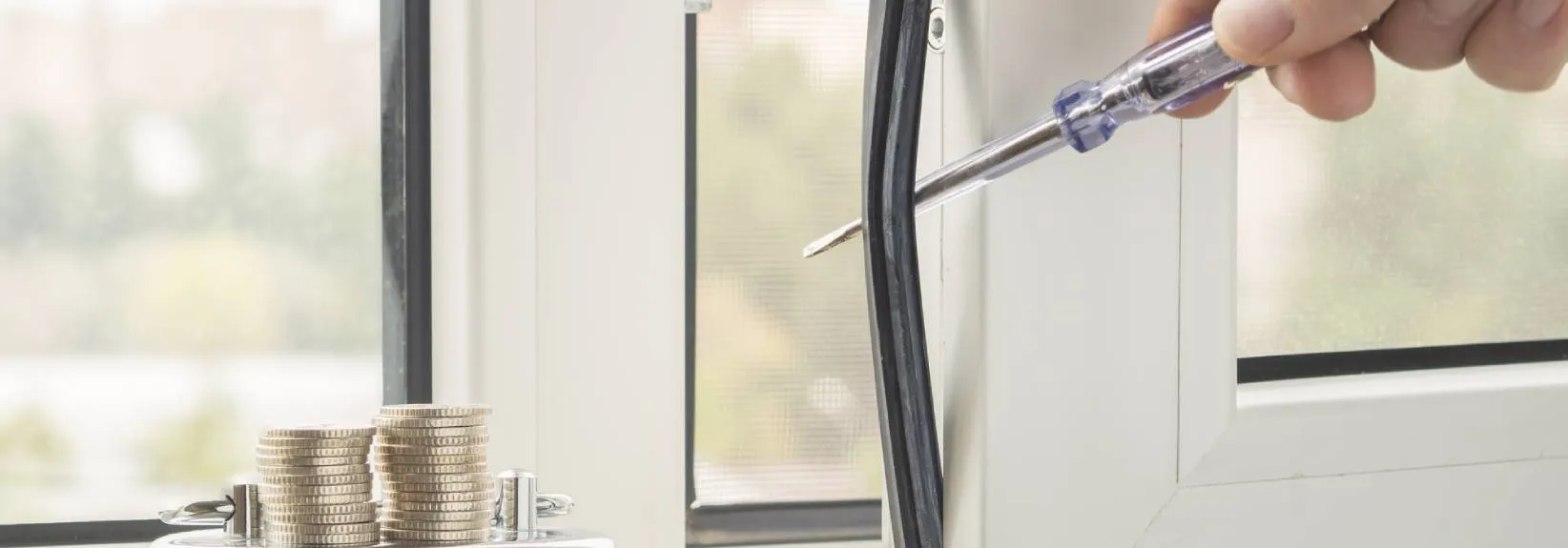Easy Ways to Detect Air Leaks in Your North America Home
A leaky house is significantly less energy efficient than a properly sealed one. Being familiar with how to find air leaks in your house, sealing those leaks and scheduling a home energy assessment when needed can help you create a comfortable living environment and lower your energy bills.
Detecting Air Leaks from Inside Your Home
Initiate your air leak inspection on the inside. Here are four effective ways for looking for air leaks in your house:
- Conduct|Perform|Carry out} a comprehensive visual inspection, looking for gaps and cracks in and around windows, doors, electrical outlets and baseboards. Pay extra attention to the corners of rooms, because gaps can often be found there.
- Place your hand close to potentially leaky areas on a cold or windy day. If you feel a draft, you’ve found an air leak.
- Do a smoke test by lighting an incense stick or smoke pen. Then, slowly move it all around the edges of windows, doors and other potential problem areas. If an air leak exists, the smoke will blow around or get sucked into the gap, revealing the site of the leak. The smoke test is best at finding leaks when carried out on a windy day.
- Utilize an infrared thermometer or thermal camera to find temperature differences around your home. This equipment will help you locate locations with major temperature variations, which often are caused by air leaks.
Detecting Air Leaks from Outside Your Home
Examining the exterior structure can also expose potential leaks. Here are two methods for discovering air leaks from the outside:
- Perform a visual inspection, paying close attention to corners and areas where different materials meet. Hunt for gaps or cracks that could cause air leaks, as well as damaged caulk or weatherstripping and poorly sealed vents and exhaust fans.
- Do the garden hose test on a chilly day. This is where someone sprays water from a garden hose onto the outside of the house while another person stands inside where there is a suspected air leak. If there’s a leak, the person inside really should feel cold air or moisture coming through the gap.
Sealing Air Leaks
After pinpointing significant air leaks, it’s time to deal with the issue. Here are the best ways to sealing air leaks in your home:
- Use caulk to seal small gaps and cracks around windows, doors and other areas where air is escaping. Pick a quality, long-lasting caulk intended for indoor or outdoor use and the specific materials you are trying to seal to ensure a durable seal. Follow the manufacturer’s details for correct application and curing time.
- Apply weatherstripping to doors and windows to help them close tightly. A variety of of weatherstripping are available, examples include adhesive-backed foam tape, V-strip and door sweeps. Choose the ideal style for your needs and follow the installation instructions.
- Use expanding foam to fill and seal bigger gaps and holes. Expanding foam is available in a can with a spray applicator for easy application in hard-to-reach areas. Wear protective gloves and stick to the manufacturer’s guidelines to ensure safe use.
- Apply insulation to newly sealed walls and attic floors to further minimize heat transfer. Whether or not you already have some insulation, consider upgrading to a higher R-value or adding more insulation where you need more.
- Install door sweeps along the bottom of outside doors to prevent drafts. Door sweeps are sold in various materials and styles to meet your requirements and aesthetic preferences.
Considering a Comprehensive Home Energy Assessment
A home energy assessment is valuable for identifying hidden air leaks and identifying areas of improvement. A professional energy auditor does this inspection, which involves the following:
- A blower door test entails setting up a temporary door with a sturdy fan over an exterior door opening. The fan pulls air out of the house, lowering the interior air pressure and drawing in outside air through unsealed openings. This test measures your home’s air tightness and makes thermal camera images easier to read.
- Infrared imaging helps the energy auditor identify temperature differences in the walls, floors and ceilings, revealing hidden air leaks and insulation inadequacies.
- A combustion safety test makes certain your home heating system, water heater and other combustion appliances are operating safely and effectively, lowering the risk of potentially harmful carbon monoxide buildup.
- A homeowner interview is when the energy auditor discusses your energy usage habits, home maintenance history and comfort challenges to spot additional energy-saving possibilities.
Schedule a Comprehensive Home Energy Assessment
While doing your own air leak tests is an excellent jumping off point, partnering with a professional is far more thorough. Service Experts Heating & Air Conditioning can help you improve your home’s air tightness with an extensive home energy assessment and customized solutions to maximize efficiency and comfort.

